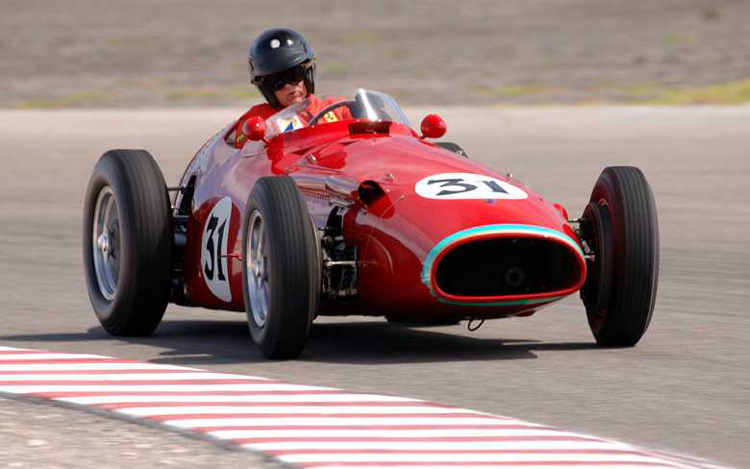A Time of Death and Heroes
Posted on Mar 11, 2021 in Antique | Comments Off on A Time of Death and Heroes
Race cars are neither beautiful nor ugly. They become beautiful when they win. – Enzo Ferrari

It was Henry Ford who said that “Auto Racing began 5 minutes after the second car was built,” and since the very late 1800’s we have been in awe of the brave and somewhat crazy men who risk their lives for competition. Motorsport of today is a multi-national, big money corporation. Like the NFL and World Soccer, it is a hugely popular sport with fans that number almost in the billions.

The first race ever organized was on April 28, 1887 by the chief editor of the Paris publication “Le Velocipede,” Monsieur Fossier. It ran for 2 kilometers and was won by Georges Bouton of the De Dion Bouton Company. In July of 1894, the Parisian magazine “Le Petit Journal” organized what is considered the first motoring competition, called the Competition for Horseless Carriages. It started with 69 cars that raced a 50 kilometer event from Paris to Rouen, and included manufacturers like Peugeot, Panhard, and De Dion. The winner was Peugeot at 6 hours and 48 minutes.

Since that time motorsport has evolved to include Formula Racing, Touring Car Racing, Sports Car Racing, Production Car Racing, One-Make Racing, Stock Car Racing, Rallying, Drag Racing, Off Road Racing, Kart Racing, Historical Racing, and about 30 other categories. Of them all, the crème de la crème…the undisputed king is Formula One. It is the epitome of motorsports because it requires the most money, the most skill, the most daring, and the most ingenuity of all other motorsports.

Formula One race drivers are athletes. The average driver can endure unbelievable temperatures, fatigue, and terrific g-forces of 6 or more during a race. They have to abandon all rational thought about the capabilities of the car and themselves, and drive on the edge of disaster. All motorsports are inherently dangerous, and as Parnelli Jones once said, “If you’re in control, you’re not going fast enough.” The deadliest of all has to be Formula One and its sister Indy Car racing, as recently demonstrated by the crash and death of Dan Wheldon.

Formula One originated with the European Grand Prix Motor Racing of the 1920s and 1930s. Those early races were with automobiles that were much different from the cars we are used to seeing on television today. Early race cars had no safety equipment for the drivers, no seatbelts, thin tires, no race suits, and driven on hazardous roads without barriers or even medical and safety personnel. Races were so dangerous that some earned nicknames like “The Race to Death.”

Early Le Mans and Targa Florio races were on public roads in Sicily, as were other races of the era, which led to many spectators getting killed by crashing cars, debris, and by wanting to get too close to the action. The development of race tracks, from early examples like Brooklands in Great Britain, and wood plank motordrome tracks was as amazing as the development of the cars. In fact, safety was never a priority in open wheel racing, and it wasn’t until the efforts of drivers like Jackie Stewart that things finally changed.

The Grand Prix era brought us cars the Silver Arrows of Germany, the British Racing Green Bentleys of Great Britain, and the iconic red Ferraris and Alfa Romeos of Italy. But, it also brought us legendary drivers like Ascari, Moll, and Fagioli and later, Moss, Stewart, Senna, Schumacher, Mansell, and Hill. It was a time of unbelievable achievements and terrible disasters. In 1950, it was linked with Formula One, which began the modern age of computer driven cars and colossal stadium racetracks.

The history of motorsports is fascinating. If you want to learn more, I recommend www.grandprixhistory.org. It is an excellent resource, and includes a substantial library of racing stories and information.






